The Behringer Omega combine an open design and over-ear construction with an impressive package and high wearing comfort. However, the sound of these headphones with strong mids was very particular. Dialogue, as heard in audiobooks, films and TV, would be very much to the fore.
- Quality of the scope of delivery
- Easy handling
- High wearing comfort
- Distortion-free up to higher volumes
- Unbalanced sound
- Excessive mids
- Restrained bass
- Treble with little detail
The Behringer Omega are open over-ear headphones for home recording use, priced in the budget range. The Omega should be suitable as headphones for musicians when practising as well as for composers, and critical monitoring during editing, mixing and mastering. The similarly constructed hi-fi headphones Behringer Alpha are available as a companion model. Both make promises for nothing less than audiophile sound. In our test, we took a look at whether these affordable headphones live up to this promise and to what extent they can please their target markets.

Behringer Omega – Package
The Behringer Omega comes with a 3-metre long, fabric-covered interchangeable cable. It ends in a 3.5mm stereo jack plug. At the other end, there are two mini jack plugs for connecting the cable to the ear cups. A screw adapter is included so that the headphones can also be used with large jack sockets; this is gold-plated for corrosion protection. There is also a transport case with a zip included in the package. This ensures safe transport and dust-free storage and is really eye-catching. It is impossible to say for sure whether the outer skin is genuine leather or a very well-made imitation leather. This package made these headphones impressive to me so far.
Behringer Omega – Materials and construction
The Behringer Omega are marketed as headphones with a retro style. For my taste, however, this was not the case. The shapes and proportions of the elements of its design felt absolutely contemporary to me. Starting with the matt black colouring of the visible components, continuing with the harmonious lines of the ear cups and extending to the design of the two headband struts. A silver ring around the earcups makes them particularly eye-catching. I was pleased with the visual appearance of the Behringer Omega. If you take into account that the arms are not made of painted metal rather than plastic, it not only looks good for its price range but also offers a certain level of quality.
Behringer Omega – Technical values
The Behringer Omega has 53mm diaphragms that are moved by powerful neodymium magnets. The audio spectrum ranges from low 10 Hz in the bass up to 28 kHz. Measured against the typical human hearing range, which extends from 20 to 20,000 Hz, this is a really wide frequency bandwidth. On paper, a sensitivity of 97 dB promises a sufficiently wide dynamic range. In combination with an impedance of just 32 ohms, they do not require much voltage at a headphone output. The combination of these values ensures that the Omega can be used with a wide range of audio equipment – be it a laptop, audio interface or effects board.
Behringer Omega – Handling
A glance at the plugs is all it takes to enable you to attach the cable to the earcups. The stereo side is clearly marked and it is just as easy to tell which of the two ear cups the plugs are meant to be attached to. Due to the design of the headphones, it doesn’t matter which way they are placed. There is no need to lock the plugs in.
The wearing comfort of the Behringer Omega is high for several reasons. The self-adjusting headband has a smooth size adjustment and adapts to different head sizes in no time at all. The ear cups can be tilted horizontally but not swivelled. However, this does not detract from the fit to the shape of your head. Your ears are gently enveloped by the soft padding of the ear cups. And because the contact pressure is quite restrained, nothing stands in the way of using the Omega for long sessions. What’s more, these headphones can be transported safely in their case. In this respect, nothing is left to be desired for the asking price. The only thing that might be a hindrance in one or two situations is the fact that they use a double-sided cable.
Behringer Omega – Sound
Despite the slightly larger drivers, the sound profile of the Behringer Omega was similar to that of its little brother Alpha. The focus here was on mids in the vocal presence range. However, as expected, with its larger drivers, the Behringer Omega was better at reproducing low frequencies. They were reproduced without distortion, even at high volumes.
The same did not apply to the mids and highs. In addition to the prominent sub-bass and very present mids, I felt like I was missing something in the other frequency ranges. The treble lacked detail. The bass above the low frequencies was rather lacklustre. Overall, in my opinion, the sound seemed unbalanced. In addition, the reproduction of transients was not very concise. The stereo image of these headphones appeared slightly wider than that of the Behringer Alpha but remained too narrow for my taste. Open earcups neither dampened the ambient sound nor did they do much to counteract the sound coming out. This was no different with the Behringer Omega. Its applications are, therefore, limited to listening to and monitoring audio in environments where neither loud ambient noise will disturb the sound nor will its playback meet microphones or the ears of other people.
Conclusion
The Behringer Omega are a pair of circumaural headphones with an open design that come equipped with excellent features for their price range. The headphones we tested here were also impressive in terms of handling and wearing comfort. Unfortunately, this was not the case with the sound. They can reproduce sub-bass even at high volume levels. However, the mid-range reproduction, which was very much to the fore, emphasised voices, vocals and guitars to such an extent that it made the sound unbalanced and tiring to listen to. For musicians and home recording artists, this is rarely a favourable combination. The Behringer Omega also sound best at low volume levels and are most suitable for applications where speech plays a role. For example, when listening to audiobooks and speech radio. Fans of films and TV may also find the sound profile of the Behringer Omega advantageous.
Technical specifications
- Ear couplingOver-ear
- Typeopen
- Transducer principledynamic
- Frequency response (headphones)10 - 28.000 Hz
- Impedance30,25 ohms
- Sound pressure level (SPL)99,15 dB
- Pressure averaged from big and small head690 g
- Weight with cable360 g
- Weight without cable305 g
- Cable length300 cm
What's in the box
- 3 m interchangeable cable (3.5 mm jack plug)
- 6.35mm stereo jack
- Transport case











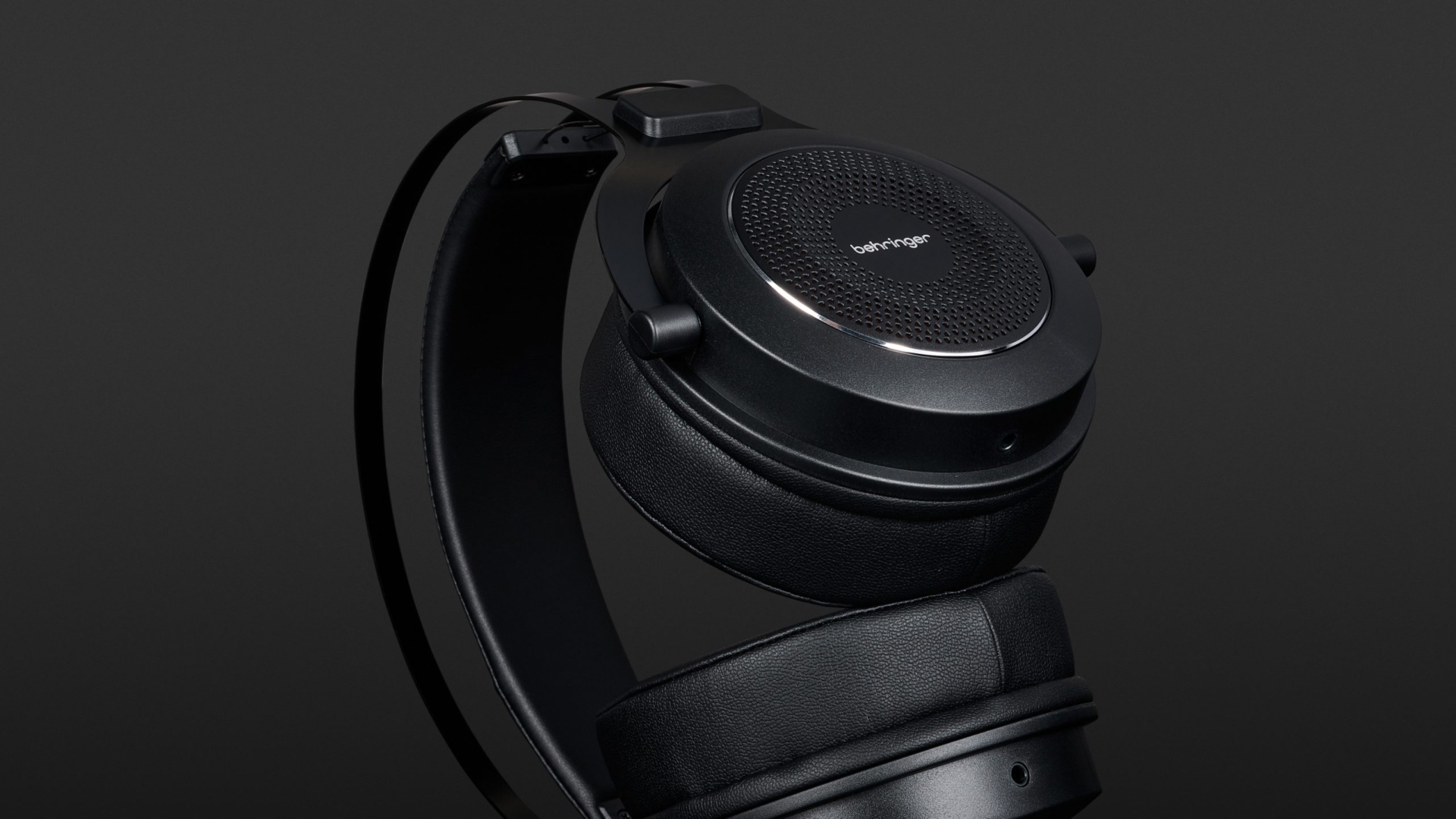
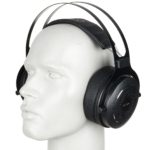
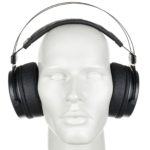
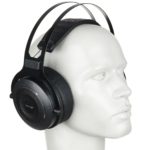
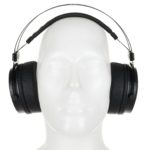
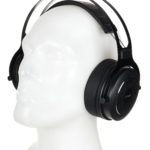
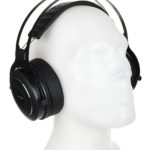





































I bought these headphones to play bass guitar along to bassless backing tracks & they are great for this purpose, Glad I did not pay out for the over priced stuff